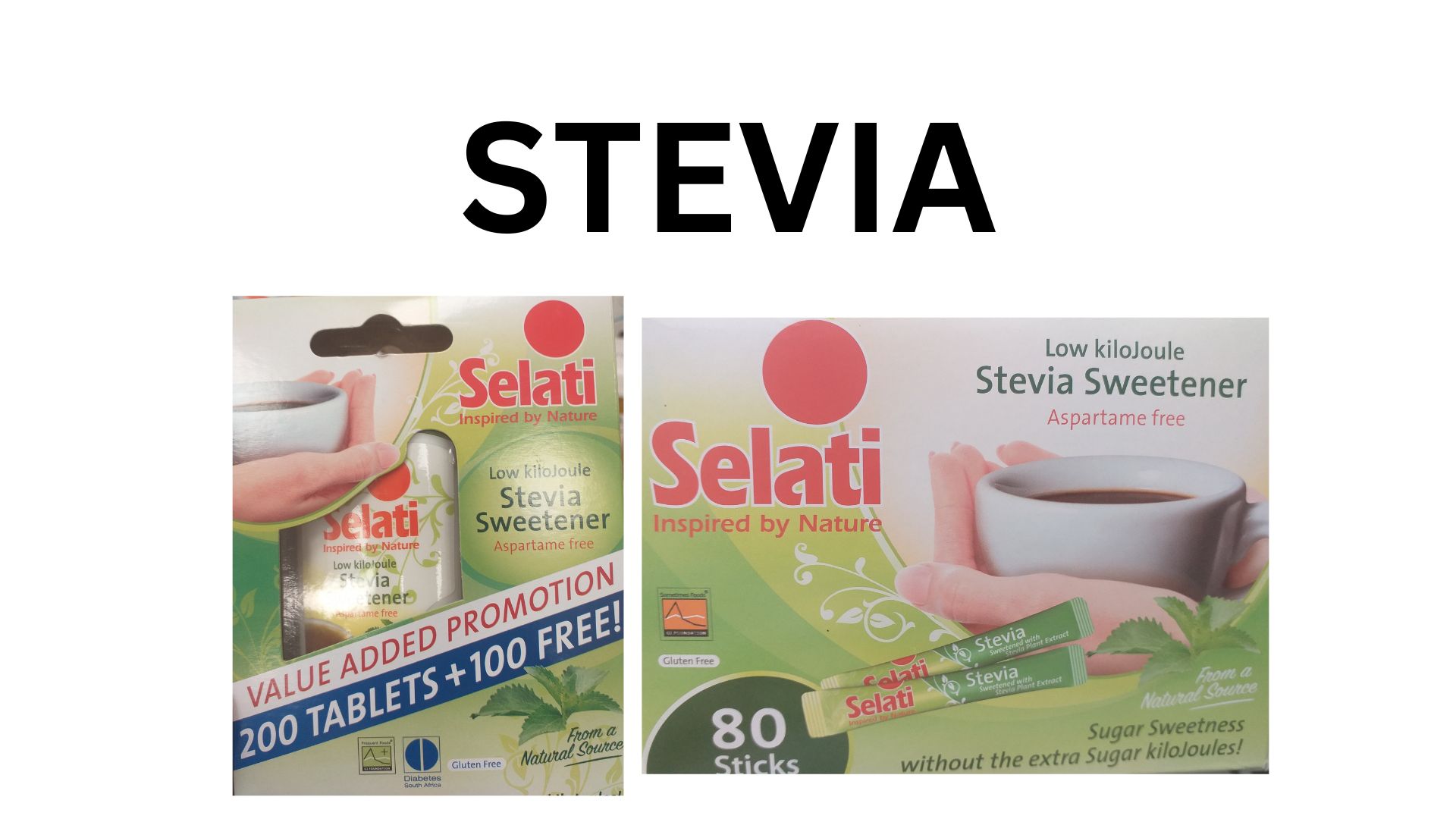Family: Asteraceae
Scientific name: Stevia rebaudiana
Authority: (Bertoni)
Common name: candyleaf, honey leaf, honey yerba, sweet herb, sweetleaf, sugarleaf
Trade name: Stevia
Stevia is the genus name and trade name of a non-caloric substitutes for artificially produced sugar. It is a natural sweetener sourced from the sweet-tasting leaves of the plants in the Stevia genus. The genus has about 150 species that contain several potential sweetening compounds, with Stevia rebaudiana having the highest sweetness.
Plant Description: S.rebaudiana is a small perennial herb that is native to northwestern Paraguay (South America). It has dark green lance-shaped leaves and small flowers that are white in color with a pale purple throat.
The plant was discovered in 1888 by Dr. Moises Santiago Bertoni in Paraguay, whose name is the plant’s authority. In the early 1900’s, a Paraguayan chemist Dr. Rebaudi successfully isolated the sweet-tasting phytochemical compound. The scientific name S.rebaudiana is named after Dr. Rebaudi.
Pharmacological Properties: S.rebaudiana has many medical properties, such as anti-diarrhoeal, antifungal, anti-hypertensive, anti-hyperglycaemic, anti-human rotavirus activities, anti-HIV, anti-inflammatory, antimicrobial, antiviral, anti-tumour, diuretic, hepatoprotective, and immunomodulatory properties.
Uses:
- The leaves are used for weight management.
- The leaves are used to make an infusion (tea) and that is taken as relief an upset stomach.
- The leaves are used as a diuretic.
- The leaves are used to make a hepatoprotective tonic.
- The leaves are used to make an immune booster.
- The leaves are used to treat cardiovascular problem, such as hypertension.
- The leaves are used to treat dental caries (or tooth decay).
- The leaves are used to manage diabetes mellitus.
- The leaves are used to treat inflammatory bowel diseases.
- The leaves are used to treat chronic kidney diseases.
References and further reading:
- Chan, P., Xu, D.Y., Liu, J.C., Chen, Y.J., Tomlinson, B., Huang, W.P., and Cheng, J.T. 1998. The effect of stevioside on blood pressure and plasma catecholamines in spontaneously hypertensive rats. Life Science. 63: pp.1679-1684
- Goyal, S.K., Samsher, N. and Goyal, R.K., 2010. Stevia (Stevia rebaudiana) a bio-sweetener: a review. International journal of food sciences and nutrition, 61(1), pp.1-10.
- Gupta, E., Purwar, S., Sundaram, S. and Rai, G.K., 2013. Nutritional and therapeutic values of Stevia rebaudiana: A review. Journal of Medicinal Plants Research, 7(46), pp.3343-3353.
- Hossain, M.F., Islam, M.T., Islam, M.A. and Akhtar, S., 2017. Cultivation and uses of stevia (Stevia rebaudiana Bertoni): A review. African Journal of Food, Agriculture, Nutrition and Development, 17(4), pp.12745-12757.
- Jaroslav, P., Barbora, H., and Tuulia, H. 2006. Characterization of Stevia rebaudiana by comprehensive two-dimensional liquid chromatography time-of-flight mass spectrometry. J. Chromatogr. A. 1150: pp. 85-92
- Jeppesen, P.B., Gregersen, S., Alstrupp, K.K., and Hermansen, K. 2002. Stevioside induces antihyperglycaemic, insulinotropic and glucagonostatic effects in vivo: studies in the diabetic goto-Kakizaki (GK) rats. Phytomedicine 9: pp.9-14.
- Kedik, S.A., Yartsev, E.I. and Stanishevskaya, I.E. 2009. Antiviral activity of dried extract of Stevia. Pharmaceut. Chem. J. 43: pp. 198–199.
- Mohan, K. and Robert, J. 2009. Hepatoprotective effects of Stevia rebaudiana Bertoni leaf extract in CCl4-induced liver injury in albino rats. Med. Arom. Plant Sci. Biotechnol. 3: pp.59–61.
- Satishkumar, J., Sarvanan, M.M., and Seethalakshmi, I. 2008. In-vitro antimicrobial and antitumor activities of Stevia rebaudiana (Asteraceae) leaf extracts. Trop. J. Pharm. Res. 7: pp.1143–9.
- Silva, P.A., Oliveira, D.F., Prado, N.R., Carvalho, D.A., and Carvalho, G.A. 2008. Evaluation of the antifungal activity by plant extracts against Colletotrichum gloeosporioides PENZ. Ciência e Agrotecnologia 32: pp.420–8
- Soejarto, D.D., 2001. Botany of Stevia and Stevia rebaudiana. In Stevia (pp. 18-39). CRC Press.
- Takahashi, K., Iwata, Y., Mori, S. and Shigeta, S. 1998. In-vitro anti-HIV activity of extract from Stevia rebaudiana. Antiviral Res. 37:A59.
- Takahashi, K., Matsuda, M., Ohashi, K., Taniguchi, K., Nakagomi, O., Abe, Y., Mori, S., Sato, N., Okutani, K. and Shigeta, S. 2001. Analysis of antirotavirus activity of extract from Stevia rebaudiana. Antiviral Res. 49: pp.15–24.
- Yadav, A.K., Singh, S., Dhyani, D. and Ahuja, P.S., 2011. A review on the improvement of stevia [Stevia rebaudiana (Bertoni)]. Canadian journal of plant science, 91(1), pp.1-27.

